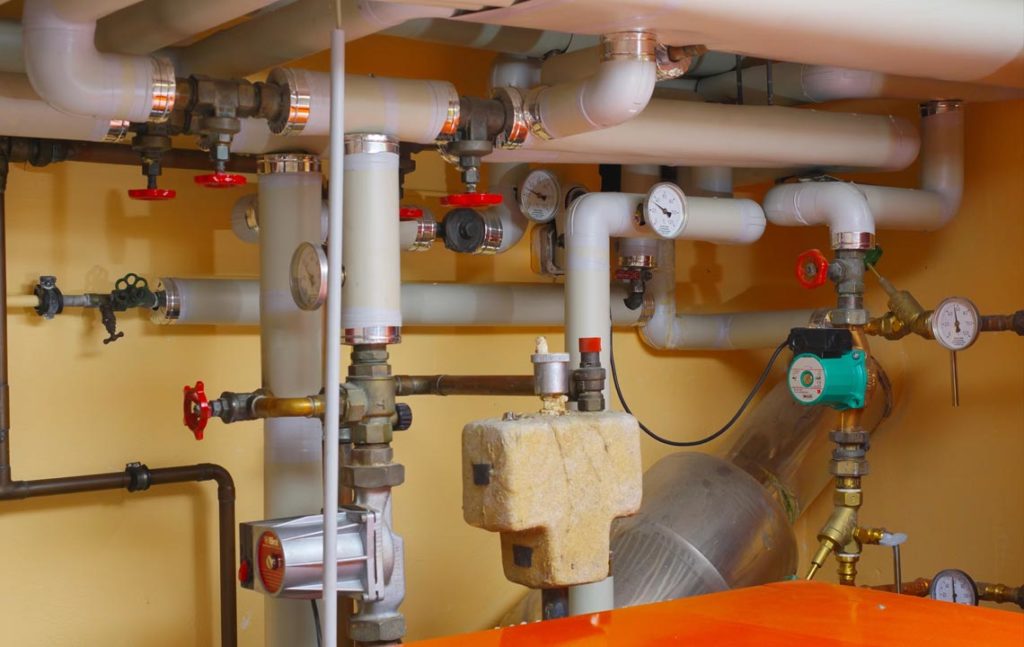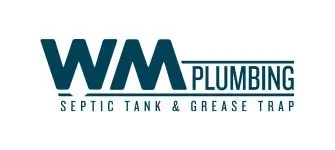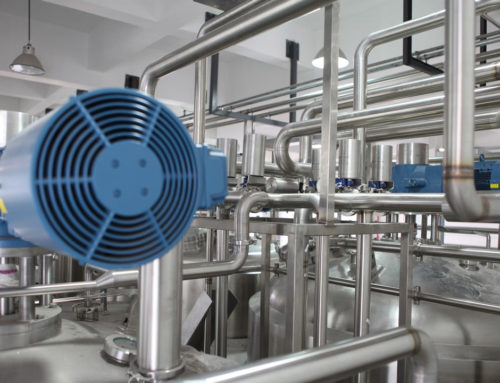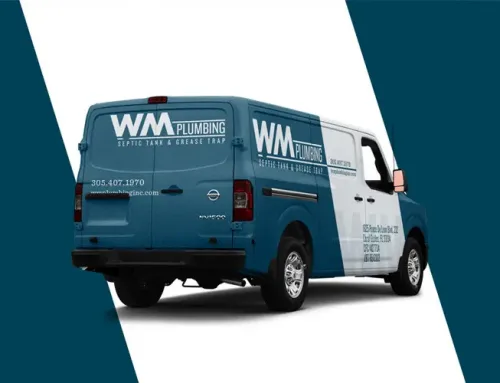Addressing Noise Concerns in Commercial Plumbing Systems

Addressing noise concerns in commercial plumbing systems is crucial for maintaining a comfortable and productive environment. Excessive noise from plumbing fixtures and pipes can disrupt business operations, disturb occupants, and indicate potential underlying issues. Here’s a comprehensive guide on identifying, diagnosing, and addressing noise concerns in commercial plumbing systems:
Common Sources of Noise in Commercial Plumbing Systems
- Water Hammer: Water hammer occurs when water flow is suddenly halted or redirected, causing a banging or thumping noise. This typically happens when valves close abruptly, and the pressure wave reverberates through the pipes.
- Vibrations: Vibrations can occur due to loose pipes or fixtures, causing rattling or buzzing noises. Vibrations may also result from water pressure fluctuations or improper installation.
- High Water Pressure: Excessive water pressure can cause pipes to vibrate, leading to noisy operation. This can be exacerbated by water hammer and may indicate the need for pressure regulation.
- Flow Restrictions: Partially closed valves or obstructed pipes can create turbulence in the water flow, resulting in whistling or hissing noises as water passes through.
- Loose or Improperly Installed Components: Loose connections, improperly secured pipes, or incorrectly installed fixtures can cause rattling or clanking noises during water flow.
Steps to Address Noise Concerns
1. Conduct a Systematic Inspection
Begin by conducting a systematic inspection of the plumbing system to identify the source of the noise. Start with visible pipes and fixtures, checking for loose connections, worn-out components, or signs of corrosion. Inspect areas where noise is most prominent, such as near sinks, toilets, or water-using appliances.
2. Check Water Pressure Levels
Measure water pressure levels using a pressure gauge to determine if high pressure is contributing to noise issues. High water pressure can stress pipes and valves, leading to noisy operation and potential damage over time. Install pressure-regulating valves (PRVs) if necessary to maintain optimal pressure levels throughout the plumbing system.
3. Address Water Hammer Issues
Install water hammer arrestors or shock absorbers at critical points in the plumbing system to absorb pressure spikes and prevent water hammer. These devices create a cushioning effect that reduces the impact of sudden pressure changes, minimizing noise and protecting pipes from damage.
4. Secure and Insulate Pipes
Secure loose pipes and fixtures with pipe hangers or straps to reduce vibrations and rattling noises. Insulate pipes using foam or rubber insulation sleeves to dampen sound transmission and prevent expansion and contraction noises caused by temperature fluctuations.
5. Upgrade to Noise-Reducing Fixtures
Replace noisy or outdated fixtures with noise-reducing alternatives designed to minimize operational noise. Choose fixtures with built-in noise-reducing features such as aerators, laminar flow devices, or sound-deadening materials.
6. Maintain and Lubricate Valves
Regularly inspect and maintain valves to ensure they operate smoothly and quietly. Lubricate valve stems and moving parts with appropriate lubricants to reduce friction and noise during operation.
7. Educate Occupants and Maintenance Staff
Educate building occupants and maintenance staff on noise prevention strategies and proper plumbing system maintenance. Encourage prompt reporting of unusual noises or plumbing issues to address potential problems early and prevent further disruption.
Professional Assistance
If noise issues persist despite DIY efforts, consult with a licensed plumber experienced in commercial plumbing systems. A professional plumber can conduct a thorough assessment, diagnose complex noise sources, and recommend tailored solutions to resolve noise concerns effectively.
Conclusion
Addressing noise concerns in commercial plumbing systems requires a systematic approach to identify, diagnose, and mitigate sources of noise effectively. By conducting inspections, regulating water pressure, installing water hammer arrestors, securing and insulating pipes, upgrading to noise-reducing fixtures, and maintaining valves, businesses can significantly reduce plumbing noise and create a quieter, more comfortable environment. Proactive maintenance and prompt response to noise issues contribute to the overall efficiency and reliability of commercial plumbing systems, enhancing the experience of building occupants and supporting uninterrupted business operations.



